Advances in ambient AI bring precision to OR performance

Pinpoint accuracy in surgical technique has advanced beyond what many ever thought possible. Unfortunately, such refinements have been slower to reach the perioperative business front. OR leaders often rely on vague metrics and educated guesses to guide their teams. Ambient artificial intelligence (AI) is changing that. When integrated with data…
Streamlining surgical workflow with better team communication
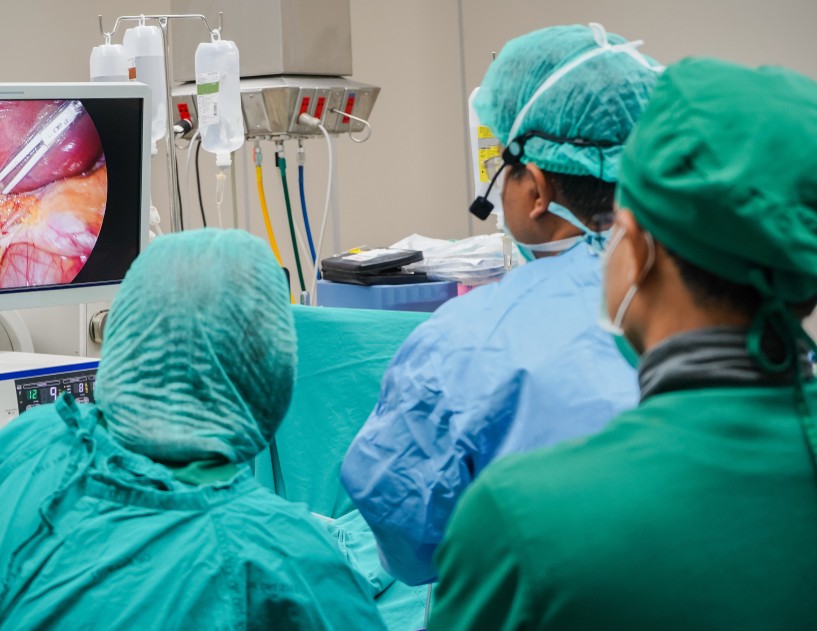
Effective communication is the foundation of patient safety in the modern surgical environment. Most surgical procedures depend on seamless collaboration among surgeons, nurses, surgical technologists, and anesthesiologists, and when communication breaks down, patient risk rises sharply. In 2024, the American College of Surgeons reported standardized surgical handoffs improved adherence to…
Editorial: Advancing surgical care with AI, robotics

Current literature shows artificial intelligence (AI) is no longer a distant concept in surgical care. Innovative medtech has entered clinical practice with measurable impact, although the field remains in early stages of implementation—promising in scope, but still facing challenges with data quality, reproducibility, and integration. For instance, a 2024 systematic…
UCSF surgeons spotlight innovation, perioperative research at national surgical conference

Editor's Note University of California San Francisco (UCSF) surgeons and researchers presented a wide range of original work at the American College of Surgeons’ 2025 Clinical Congress in Chicago, held October 4–7. According to an October 7 article published by UCSF, the meeting featured topics from perioperative opioid stewardship and…
FDA recalls affect surgical staplers, OR procedure kits, ultrasound systems used in hospitals
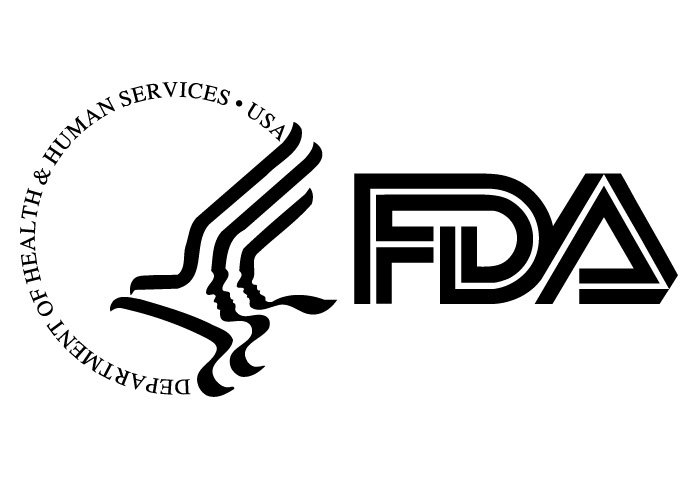
Editor's Note The Food and Drug Administration (FDA) has announced three new recalls between October 14 and 16 that may affect OR inventory and perioperative workflows across multiple service lines. Each recall targets a commonly used product in surgical or imaging settings, prompting leaders to review supplies and coordinate with…
Considerations for external transportation of processed medical devices

The centralization of medical device processing to one facility is becoming more prevalent. Centralizing sterile processing activities reduces expenses while concentrating expertise. However, this also introduces new concerns. When sterile processing is located within the same building where instrumentation is used, transport occurs over smooth floors in a controlled environment…
ACS conference charts bold future for surgical quality with data, teamwork, frontline innovation
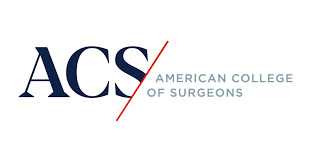
Editor's Note Surgical quality leaders are pushing boundaries with new strategies that blend technology, frontline engagement, and national-local collaboration. That was the message from the American College of Surgeons (ACS) Quality and Safety Conference (QSC), held July 17–20, 2025, in San Diego, according to a September 10 ACS report. The…
AMA urges health systems to act now on AI governance
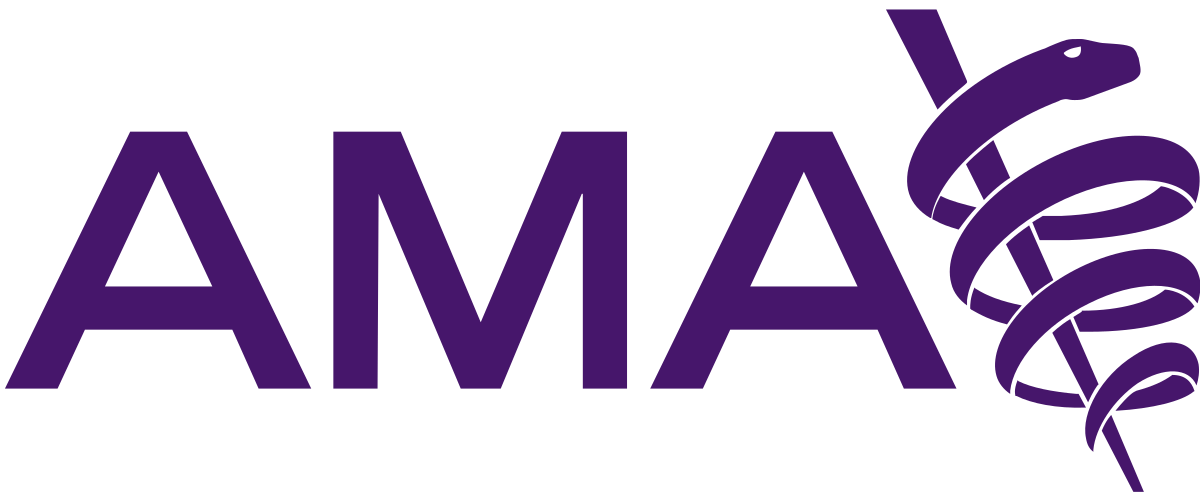
Editor's Note Artificial intelligence use in healthcare is accelerating, and the American Medical Association (AMA) is pressing health systems to establish clear governance policies before the technology outpaces oversight. Nearly 70% of physicians reported using artificial intelligence tools in 2024, a sharp rise from 38% in 2023, AMA News Wire…
OR leaders must sharpen questions, partnerships as AI reshapes perioperative care

Editor's Note Artificial intelligence (AI) will not replace perioperative leaders, but it will demand sharper decision-making, closer collaboration, and thoughtful staff engagement, OR Manager coverage reports. AI is poised to transform perioperative practice, yet its value depends on how leaders choose, evaluate, and integrate these technologies. Key insights the article…
npj Digital Surgery opens call for research on AI, robotics in the OR
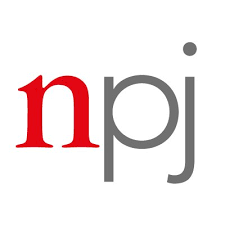
Editor's Note A new call for papers is inviting researchers to spotlight the technologies redefining surgical care. In May 2025, npj Digital Surgery opened submissions for a special collection titled Intelligent and Integrated Systems for Digital Surgery, with a deadline of May 27, 2026. The collection will highlight advances at…

 Free Daily News
Free Daily News